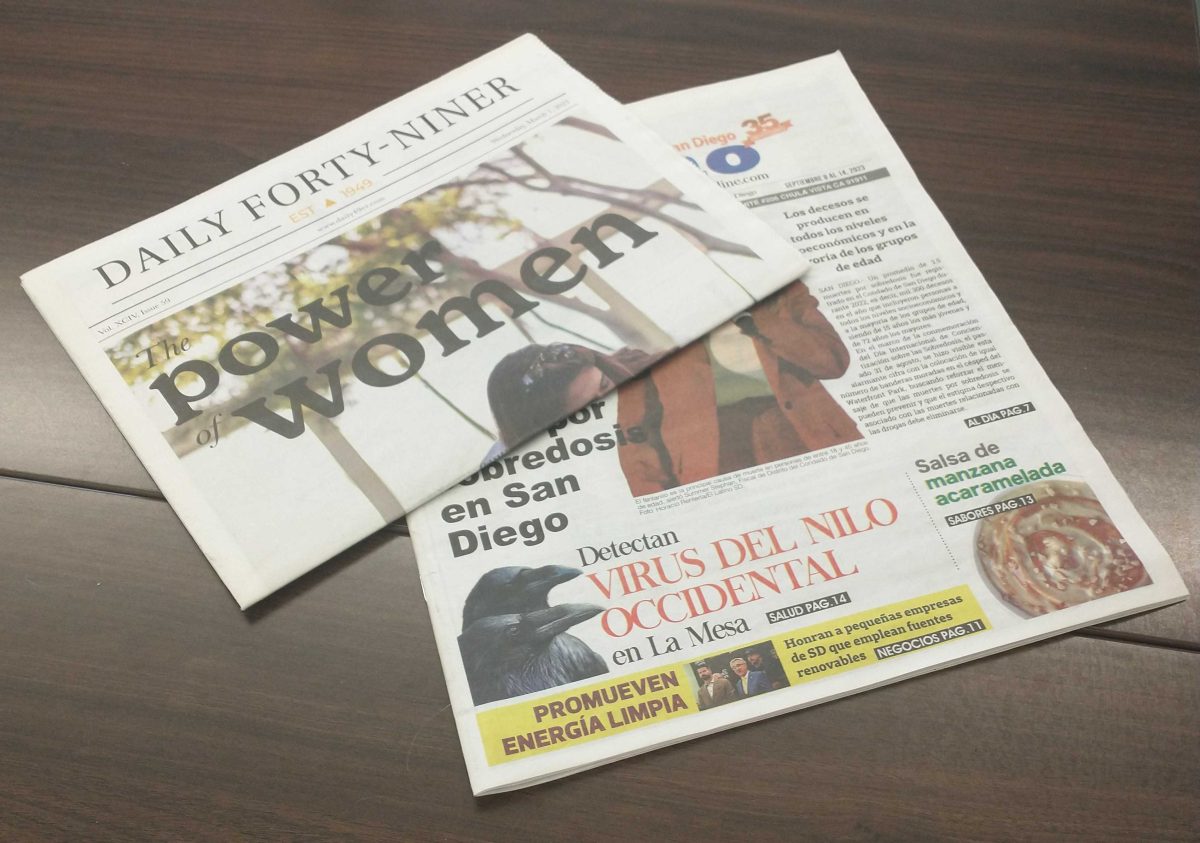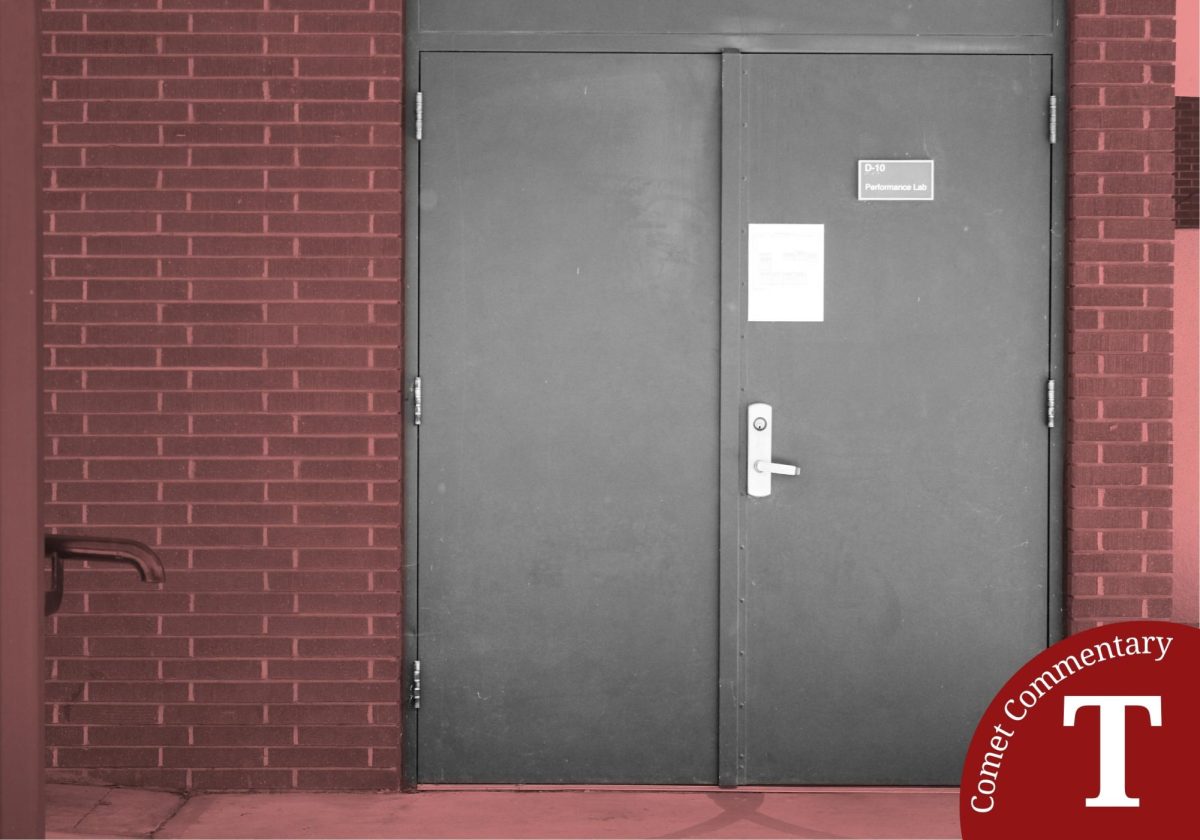As a retail worker, I have seen the minimum wage increase along with the price rise of the items we sell. I have worked in retail for almost four years now, and prices and the minimum wage are raised yearly.
In my first year working in 2021, a T-shirt cost $24, and now the cheapest shirt is $30. Since they are raising the minimum wage, companies are raising their prices, causing inflation, meaning we have to increase our prices as well.
On April 1, 2024, California raised the minimum wage for fast-food restaurant employees to $20 per hour. This is four dollars more than California’s minimum wage, and according to Forbes Magazine, “Governor Gavin Newsom, is planning to propose an additional 3.5% raise for 2025.”
The problem with the wage increase is that companies are having to make a change with these new wages.
According to Good Morning America, Michaela Mendelsohn, the CEO of Pollo West Corporation, explained in April that, “restaurants have had to reduce hours by roughly 10% to reduce costs.” Workers might be making more an hour, but they’re earning the same because of their reduced hours.
“Pizza Hut announced layoffs of over 1,200 delivery drivers in California due to the wage hike,” ABC News reported. Many companies can’t afford to pay these workers with this 20% increase in the minimum wage for fast food.
Michael Reich, the chair of UC Berkeley’s Center on Wage and Employment Dynamics (CWED), said, “A minimum wage increase doesn’t kill jobs; it kills job vacancies.” Of course, when people see that they can get paid $20 an hour, they’re going to want to apply, especially because California has gotten so expensive in recent years.

In 2021 the minimum wage in California was $13 per hour, and in 2022, the minimum wage was $14 per hour. It has been slowly going up each year along with prices in grocery stores, gas, and other items we use in our everyday lives.
A lot of teens work to support their families, and working fewer hours can hurt them. With inflation increasing, it’s not going to be easy to earn enough money to support themselves and their families.
Edward Limpenin, a writer for UC Berkeley News, wrote an article arguing why wage increases aren’t harmful. He explains that, “Business groups have long warned that teen workers would be the most likely to lose their jobs when employers confronted higher minimum wages. But Reich and his colleagues found that higher wages often allowed teenage employees to work a little less and study more.”
Although being able to focus more on school with the benefit of better pay, higher wages are still contributing causing California inflation.
California is looking to pass Proposition 32, which will increase the minimum wage to $17 per hour immediately. If this passes, it looks like it would raise prices. For example, in Texas, the minimum wage is $7.25 per hour and gas prices are roughly $2.80 per gallon. California is about double that at $15.50 per hour for minimum wage and gas prices are about $4.50 per gallon.
With the minimum wage being raised in California, prices are predicted to increase, too. According to Voterguide California, “Prop. 32 forces small businesses to INCREASE PRICES, adding to inflation and raising the cost of living in California even more. That hurts working families!”
California shouldn’t raise the minimum wage, because as it goes up, prices will still go up and it will be even harder to own a home than it is now. Companies will lay more people off because they won’t be able to afford the number of employees, and prices around us for food, gas, etc. will increase along with pay.














